In kitchens around the world, bananas are a staple fruit cherished for their convenience, taste, and nutritional benefits. However, their relatively short shelf life and tendency to develop unsightly bruises have long been a frustration for consumers. A simple yet effective method has gained traction among food enthusiasts and experts alike: hanging bananas to preserve their freshness. This technique, rooted in understanding the fruit’s natural behavior, offers a practical solution to extend their lifespan while maintaining quality.
The science behind banana preservation begins with their structure. Bananas are delicate fruits that continue to ripen after being harvested, a process driven by the release of ethylene gas. When stored in a bowl or piled together, the weight of the fruit causes pressure points, leading to bruising and accelerated spoilage. By suspending bananas, these pressure points are eliminated, allowing for even air circulation around each fruit. This not only minimizes physical damage but also slows down the ripening process, keeping them fresh for a longer period.
Historically, banana hanging isn’t a new concept. In tropical regions where bananas are grown, clusters are often hung from hooks or ropes to prevent damage during storage and transport. This traditional method has been passed down through generations, proving its effectiveness long before modern refrigeration. Adopting this practice at home mimics the natural way bananas grow on the plant—hanging in bunches, free from unnecessary pressure. It’s a nod to the fruit’s origins while offering a practical solution to everyday problems.
Beyond avoiding bruises, hanging bananas can also reduce the spread of ethylene gas among the fruit. When bananas are left in a closed space or piled together, the concentrated ethylene speeds up ripening, often leading to overripe bananas within days. Suspending them allows the gas to disperse more evenly, creating a more controlled environment. For those who prefer slower ripening, separating individual bananas and hanging them can further delay the process, providing flexibility in consumption timing.
Implementing this method at home requires minimal effort. A banana hanger, often made of wood or metal, can be mounted under cabinets or on walls. Alternatively, a simple hook or even a sturdy string tied to a handle can serve the purpose. The key is to ensure the bananas are suspended freely without touching surfaces or other fruits. For households without dedicated hangers, creative solutions like using a clothesline clip or a dedicated fruit rack can achieve similar results.
While hanging bananas is beneficial, combining this method with other storage tips can maximize freshness. For instance, wrapping the stem end with plastic wrap can further reduce ethylene emission, adding extra days to their shelf life. Additionally, storing bananas away from other ethylene-sensitive fruits, such as apples or avocados, prevents cross-ripening. These small adjustments, paired with hanging, create an optimal preservation system that caters to different needs and preferences.
The environmental impact of reducing food waste cannot be overlooked. Bananas are among the most discarded fruits globally, often due to premature spoilage. By adopting hanging storage, households can significantly cut down on waste, contributing to more sustainable consumption habits. This simple change aligns with broader efforts to minimize food waste, a critical step in addressing global food security and environmental challenges.
Critics might argue that hanging bananas is an unnecessary hassle, especially when refrigeration seems like a quicker fix. However, refrigerating unpeeled bananas can disrupt their texture and flavor, leading to a less enjoyable eating experience. Hanging, on the other hand, preserves their natural qualities while offering a visually appealing storage solution. It’s a small trade-off for those who value both aesthetics and functionality in their kitchens.
For commercial settings like grocery stores or cafes, hanging bananas could revolutionize display and storage practices. Supermarkets often stack bananas in piles, leading to excess waste from damaged goods. By incorporating hanging displays, retailers could enhance fruit longevity, reduce losses, and present a more attractive product to customers. This shift could also educate consumers on proper storage techniques, fostering better habits beyond the store.
Ultimately, the practice of hanging bananas is a testament to how simple, traditional methods can solve modern problems. It doesn’t require expensive gadgets or complex procedures—just a thoughtful approach to how we handle perishable goods. Whether you’re a casual banana eater or a dedicated foodie, giving this method a try might just change the way you think about fruit storage. After all, sometimes the best solutions are the ones that have been right in front of us all along.
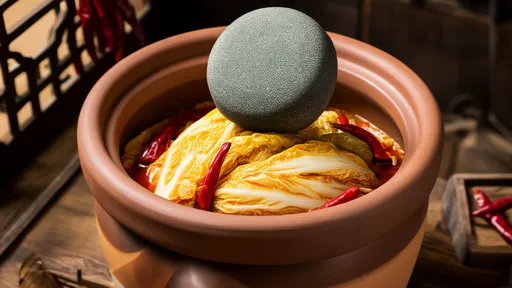
By /Jul 31, 2025

By /Jul 31, 2025
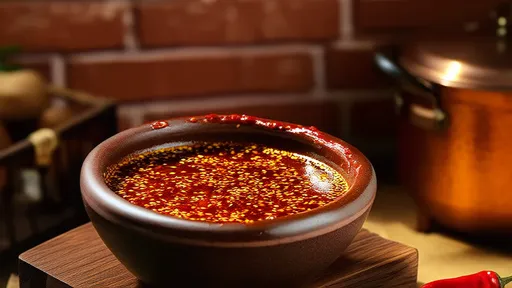
By /Jul 31, 2025
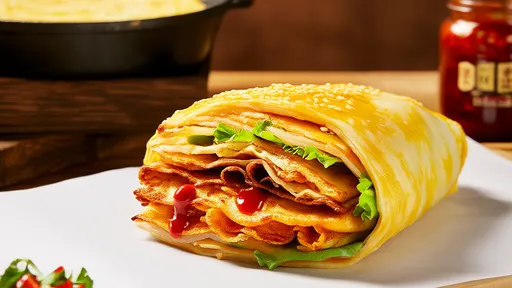
By /Jul 31, 2025
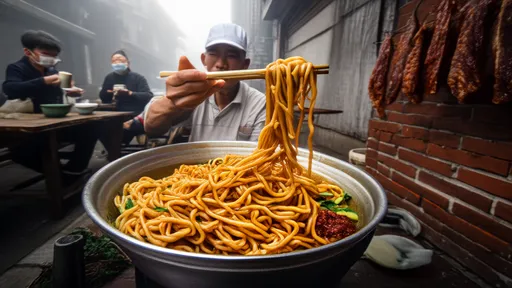
By /Jul 31, 2025
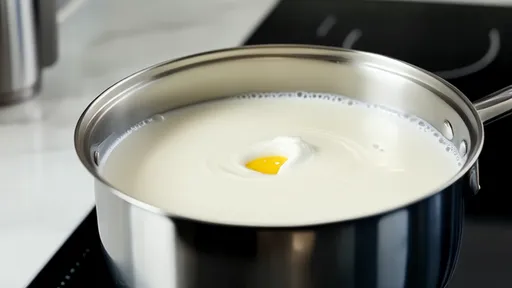
By /Jul 31, 2025

By /Jul 31, 2025
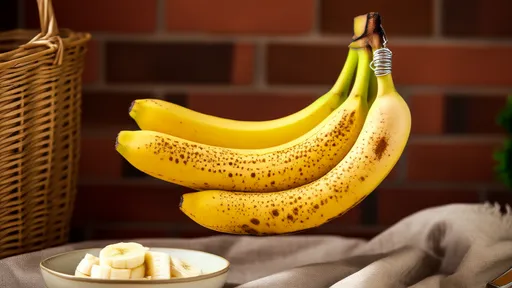
By /Jul 31, 2025

By /Jul 31, 2025
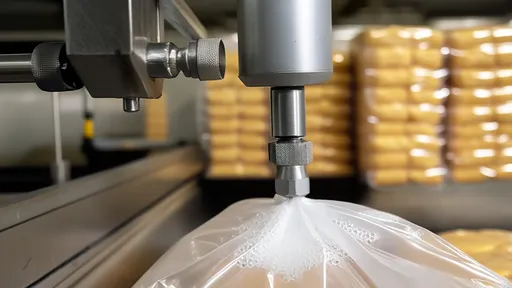
By /Jul 31, 2025
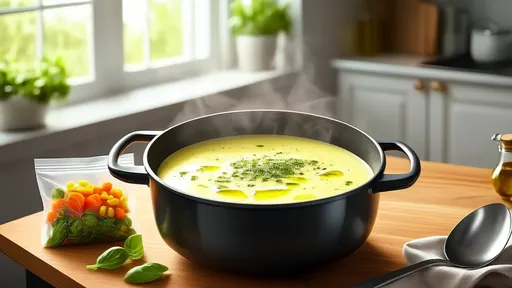
By /Jul 31, 2025
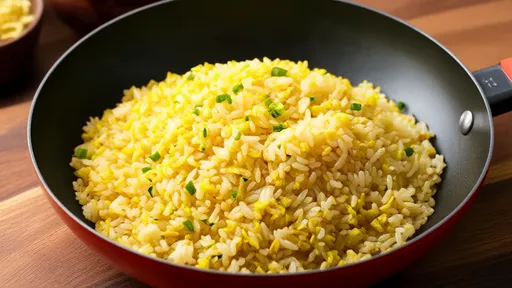
By /Jul 31, 2025

By /Jul 31, 2025
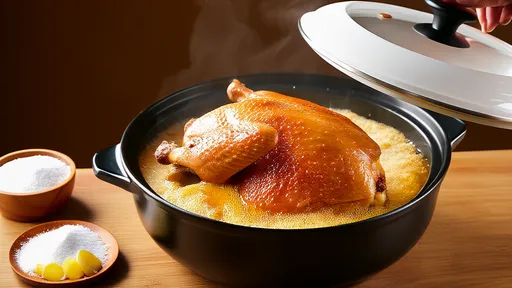
By /Jul 31, 2025
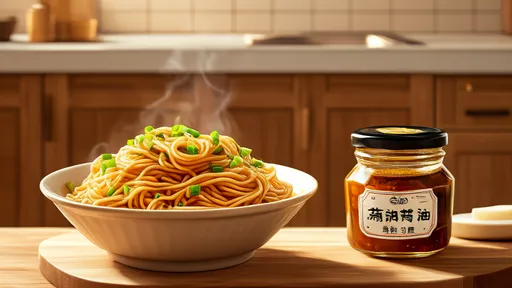
By /Jul 31, 2025
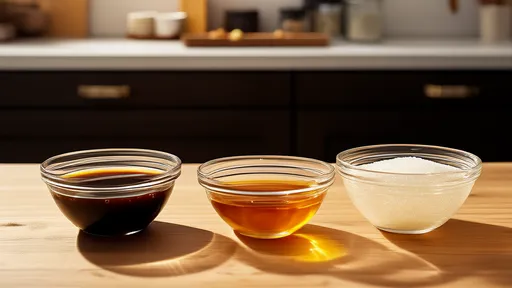
By /Jul 31, 2025
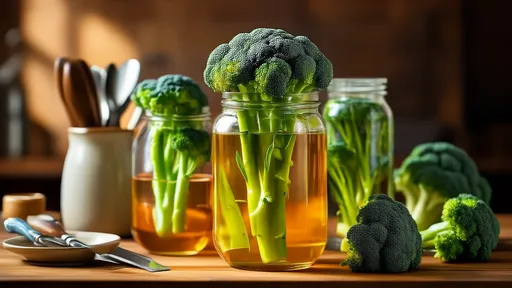
By /Jul 31, 2025
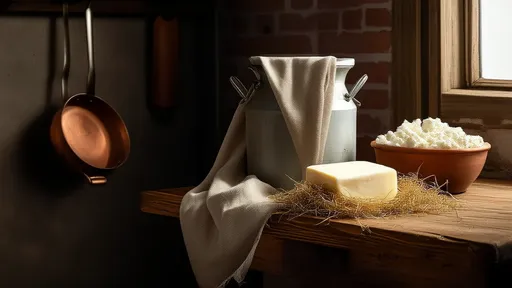
By /Jul 31, 2025
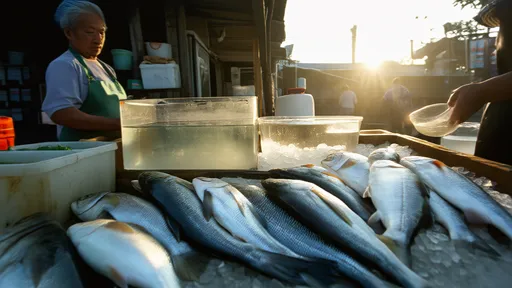
By /Jul 31, 2025
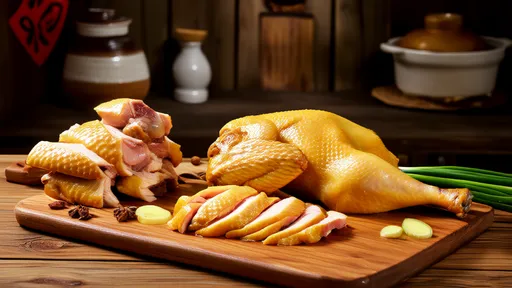
By /Jul 31, 2025